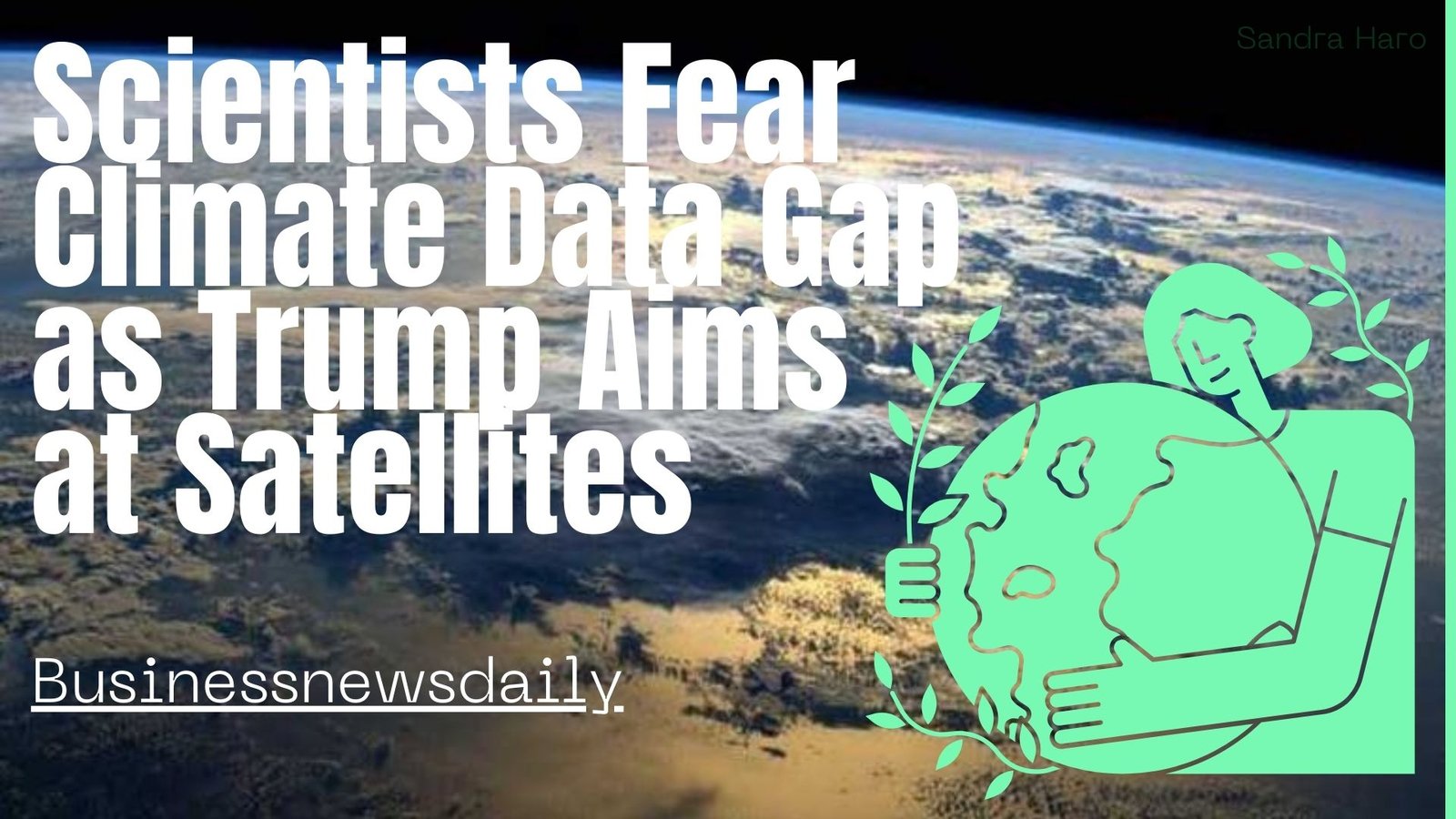In today’s rapidly changing world, understanding and monitoring climate data are more critical than ever. The recent focus on satellites by former President Trump has raised concerns among scientists about a potential gap in climate data. This article explores the intricate relationship between climate data, satellite technology, and the implications of political decisions on climate research.
1. Introduction
Climate data serves as the foundation for addressing environmental challenges, including climate change. As political landscapes shift, the focus on satellites in Trump’s administration has sparked discussions about the future of climate data collection.
2. Understanding Climate Data
Before delving into the impact of Trump’s policies, it’s essential to understand the significance of climate data. This includes various types of data crucial for comprehending and combatting climate change.
3. Role of Satellites in Collecting Climate Data
Satellites play a pivotal role in gathering climate data, offering a broad and comprehensive view of Earth’s systems. This section explores the technology behind satellites and their advantages in climate monitoring.
4. Trump’s Impact on Satellite Programs
Examining the changes in funding and policy decisions made during Trump’s tenure provides insights into how these alterations affect satellite programs and, consequently, climate research.
5. Potential Data Gap
Reduced investment in satellite programs poses a significant risk—a potential gap in the continuous monitoring of climate data. This section elaborates on the consequences of such a gap and its impact on climate science.
6. Scientists’ Concerns
Voices from the scientific community express concerns about the potential data gap and its global ramifications. Statements from climate scientists shed light on the critical nature of continuous climate monitoring.
7. Importance of Continuous Data Collection
Addressing climate change requires a steadfast commitment to continuous data collection. This section emphasizes the necessity of consistent monitoring and the long-term consequences of data gaps.
8. International Collaborations
Efforts to fill the data gap extend beyond national borders. This section explores international collaborations in climate monitoring and the importance of global cooperation.
9. The Need for Policy Continuity
Ensuring sustained support for climate research demands a commitment to long-term planning and policy continuity. This section discusses the importance of political stability in supporting data initiatives.
10. Public Awareness
Engaging the public in discussions about climate data is crucial. This section explores ways to communicate the importance of climate data and involve the public in the broader conversation.
11. Technological Solutions
Advancements in technology offer alternative methods for climate data collection. This section discusses the latest technological solutions and their potential impact on overcoming challenges.
12. Overcoming Political Challenges
Depoliticizing climate research and building bipartisan support are essential for addressing climate challenges. This section explores strategies to overcome political obstacles in climate science.
13. Future Outlook
Looking ahead, potential shifts in climate policy and advancements in climate science shape the future landscape of climate research. This section explores what the future may hold for climate data collection.
14. Conclusion
In conclusion, the potential data gap resulting from shifts in political focus poses a significant threat to climate research. Urgent action is needed to address this issue and ensure the continuity of climate data collection.
15. FAQs
Q1: What is the primary role of satellites in climate data collection? Satellites provide a comprehensive view of Earth’s systems, playing a crucial role in gathering data for climate monitoring.
Q2: Why is continuous data collection important for addressing climate change? Continuous data collection is essential for understanding long-term trends, identifying patterns, and formulating effective strategies to combat climate change.
Q3: How can the public contribute to climate data initiatives? Engaging in discussions, supporting policies that prioritize climate research, and adopting sustainable practices are ways the public can contribute.
Q4: Are there alternative methods for climate data collection besides satellites? Yes, advancements in technology offer alternative methods, including ground-based sensors and remote sensing technologies.
Q5: What can be done to ensure political stability in supporting climate research? Depoliticizing climate research and building bipartisan support are crucial steps in ensuring political stability for climate initiatives.
